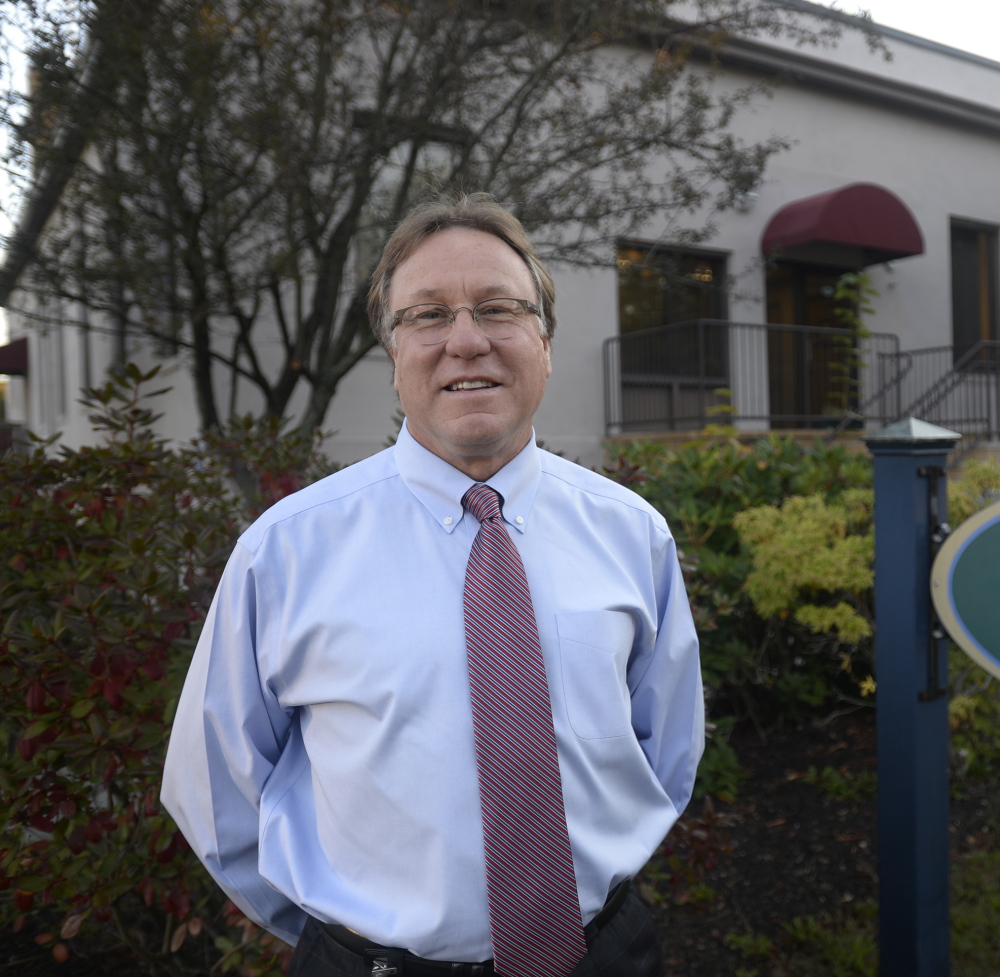Superintendent Mike Pulsifer says life in Saco classrooms is just like last year.
Outside of the classroom, however, there have been many changes as the school department re-establishes itself as an independent unit after a long – and often emotional – divorce from Regional School Unit 23. Saco became an independent school district on July 1.
“The classroom does not know any difference from last year, the year before or 10 years ago,” Pulsifer said. “The students are still learning and the teachers are still teaching.”
Saco, Dayton and Old Orchard Beach formed RSU 23 in 2009, one of 26 new districts created by the 2007 consolidation law. The district was diverse, with one city, a summer resort community and a small rural town. It included eight public schools and roughly 2,800 students.
Saco’s separation was driven by a desire to regain control over the city’s state education subsidy and decisions about how the schools would be run. The relationship had been rocky from the start, with questions about how money was divided up and whether students should be allowed to go to school in other towns in the district. Tensions rose when district officials said Saco and Dayton students could choose to attend Old Orchard Beach schools, which were less crowded.
Along with Saco, Dayton also pulled out following a 2013 vote. Dayton has since made arrangements to share a superintendent with the Biddeford School Department.
Breaking up had its own challenges.
After voters approved the split in November 2013, the city loaned Saco schools $250,000 to cover expenses until the independent unit became official on July 1. Pulsifer said much of the focus early on was on electing a school board, hiring a superintendent, dealing with teacher contracts and buying software. There were also a lot of little things, like repainting school buses and signs and ordering a new school department letterhead.
One thing that was surprisingly easy for administrators and city officials was developing the $32.9 million education budget for the current year, Pulsifer said.
Spending did rise after the breakup. The previous year, the city had contributed $31.6 million to RSU 23. However, despite fears from some who opposed withdrawal, school programs were not cut and taxes did not go up because of education spending.
In the two smaller towns, there were tax increases after the split.
In Dayton, a $2.9 million post-breakup education budget accounted for the majority of the tax rate increase, which went from $18.47 to $20.85, according to town officials. And in Old Orchard Beach, the $12.3 million budget for the current year accounted for $1.05 of the $1.08 increase in the town’s property tax rate.
“It has cost all of us more this year,” said Lloyd Crocker, superintendent of RSU 23.
Pulsifer said the budget process showed the city has a school board that is invested in its four schools.
“Before, we had seven different members invested in the nine different schools we had in the district,” he said. “I think there’s more intimacy with seven school board members from the same community looking at the schools and parents coming in to help them make decisions.”
Pulsifer said feedback from residents about the budget has been positive.
“They felt better knowing their tax dollars were going to one community – theirs,” he said.
The new school board now has the ability to be more responsive to the concerns of Saco parents than the previous consolidated board, which had to think about students and staff in three different communities, Pulsifer said. This year, for example, the board increased spending on technology because that’s what parents in the city said they wanted.
“I’m very pleased with the way everyone has come together to support the new district,” Pulsifer said. “We’re forming an identity and moving ahead.”
Send questions/comments to the editors.



